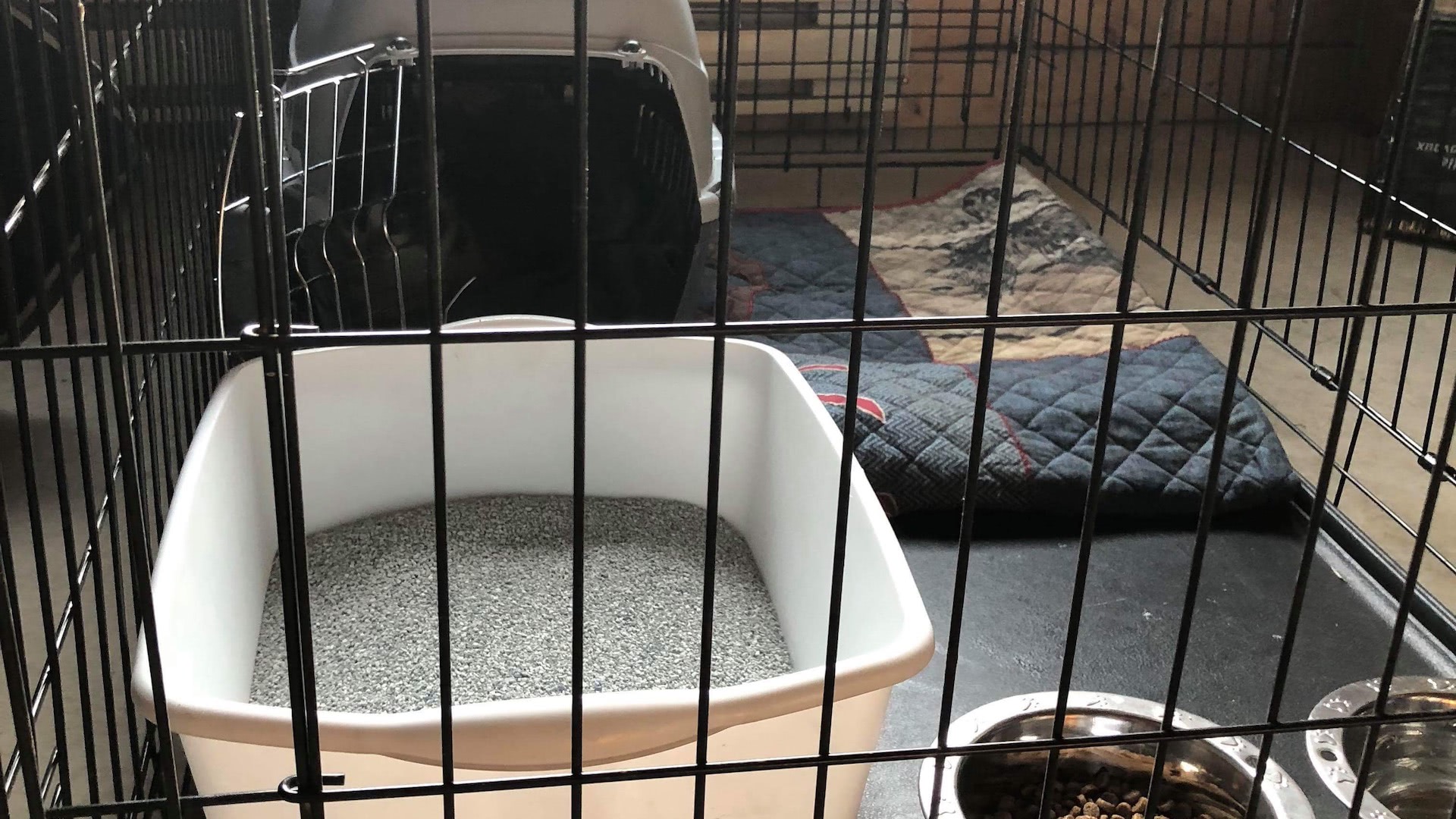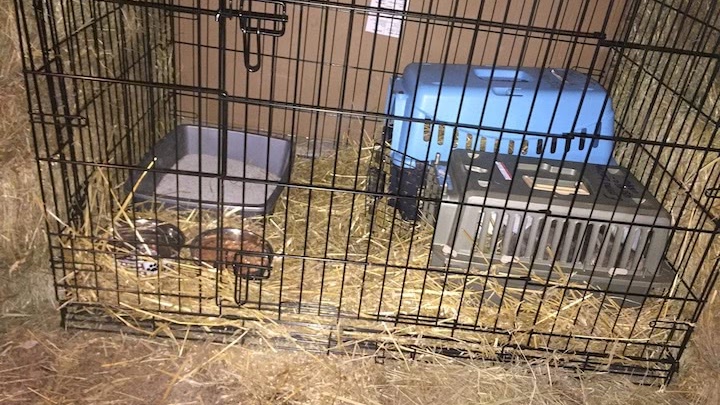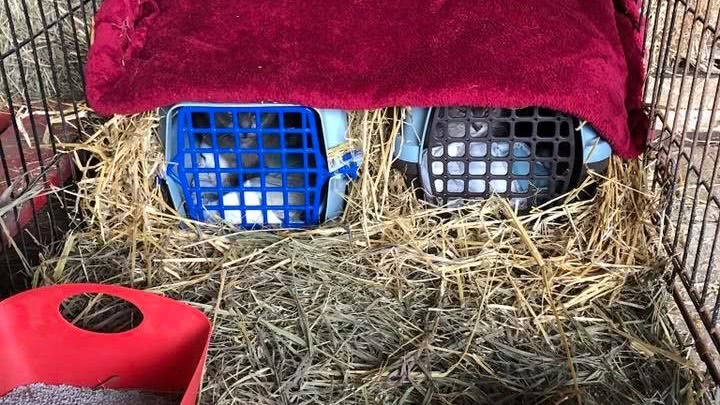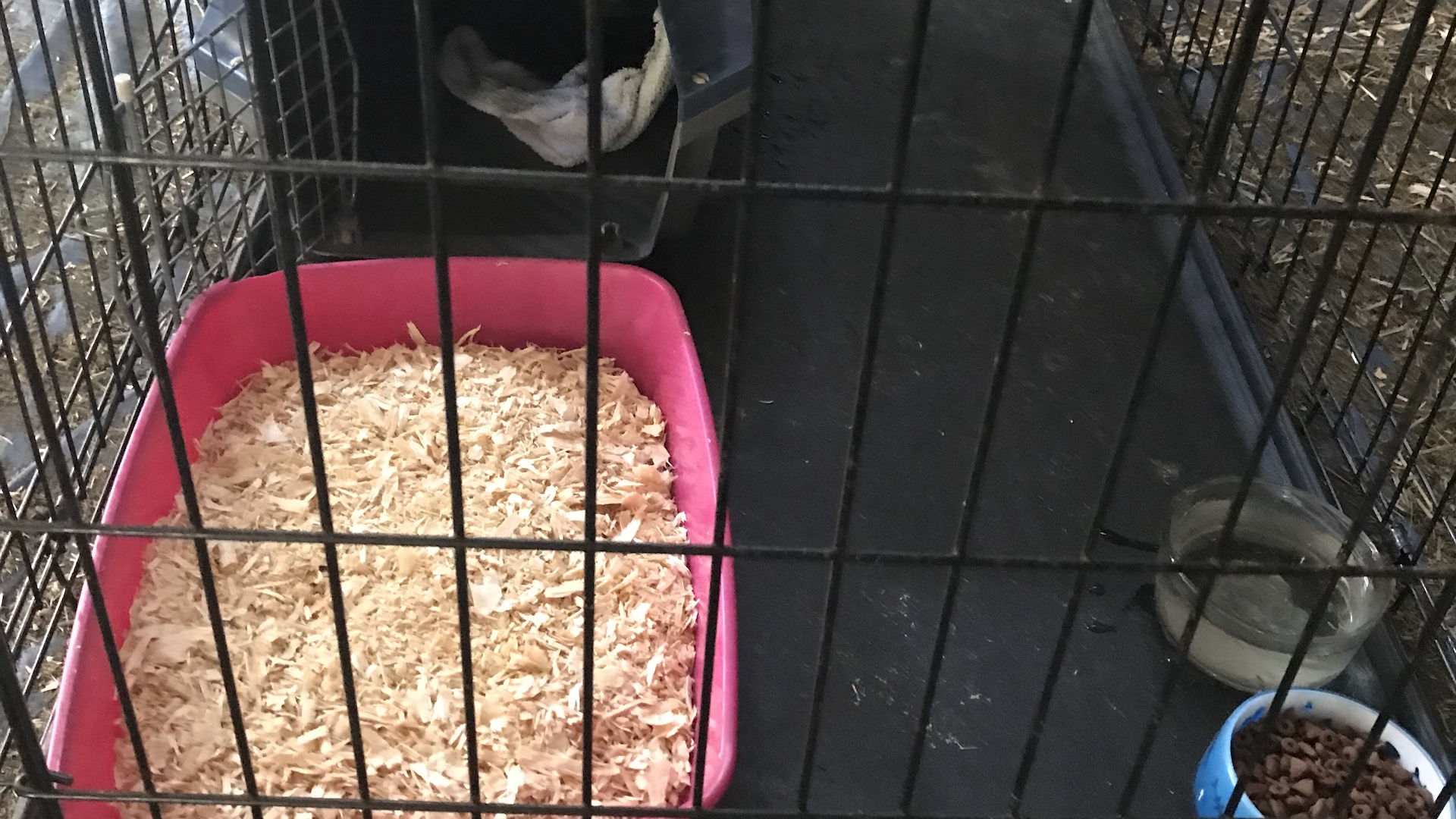Please read and complete the form if you are interested in Adoption
Barn Buddies is a barn placement program for feral and semi-feral cats.
These are cats that are not socialized and are in "survival mode" -
making them not ideal candidates for a typical "indoor house cat"
adoption.
Our goal is to find these timid cats safe places to continue to live after they are sterilized;
where they would have access to food, water and shelter, 24/7.
We work with various rescues across Ontario and Quebec, finding safe placements for cats that they
feel would be happier in a barn/shop type environment.
The cats we place are typically coming from large cat colonies, and are used to living with many
other cats.
Often, rescues prefer to "TNR" the colony (trap, neuter, return), but
sometimes the "return" part is not possible (ie. when there is no
consistent food or feeder, no safe shelter, risks are too high with busy streets, or annoyed
neighbours wanting them gone).
In these poor circumstances, we feel that "relocation" is a better
option, which is what we specialize in!
These feral cats are live-trapped from their colonies, fully vetted (spayed/neutered, dewormed,
treated for ear mites, fleas, and any other health issues) and held for a few days post surgery to
monitor their recovery.
Some rescues will go the extra step and vaccinate and/or microchip, but this often depends on the
budget of each rescue.
Ultimately, we do guarantee that each cat will be treated with Revolution, and fixed.
These cats make EXCELLENT hunters, and will really target rodents
(mice, rats, chipmunks), as well as deter rodents from moving in once they current ones are "out"!
The cats adjust really well to barn life.
We have placed over 300 cats since September 2017 in work shops, barns, chicken coops, veggie farms,
garages - and have not has any issues with cats co-living with cattle, horses, birds, rabbits, other
fixed cats on site.
We do recommend that you protect and cover day-old chicks - those could potentially be at risk if
they are small enough.
To ensure that the cats stick around once they are placed, they will need to undergo a transition
period in order to properly "imprint" on their new home base.
This means they need to be kept in a XL dog crate, roomy chicken type coop, or enclosed room for a
MINIMUM of 3 weeks.
This helps them get used to their new surrounding, see where the food is, meet their new fur friends
"over the fence".
If they are let loose sooner than 3 weeks there is a greater risk that they won't stick around, so
it's very important to follow this rule!
We have attached some examples below for you to see the crate set up.
We have crates to lend if needed (they just need to be returned after transition period).
Enclosed room option could be a feed room, tack room, any room in the barn that is enclosed
(remember, this cats are crafty and can climb, so really has to be sealed!)
We ask that you please take a minimum of 2 cats.
The more, the better.
They really do well in groups, and don't do well on their own if placed by themselves.
We do ensure that the cats we are sending together are compatible colony mates/siblings.
Remember, these cats are fixed so there is virtually no fighting, spraying, wandering and competing
for mates.
The cats are FREE to approved homes.
On average, each cat will cost $150 to $300 to sterilize and vet,
which is why we fundraise to help cover these costs - so donations are also welcome to us, or to the
rescues we are teaming up with.
No, we often do NOT know what they look like before they arrive for placement.
Our priority is helping the cats are in urgent status, or have been on the waitlist the longest.
Now, lets get the ball rolling.....
We need a few simple questions answered to begin. Promise it won't take too long!
Example of a crate set up.
The cat arrives in a carrier, the carrier is placed directly into the crate, with food, litter
and water all set up at the front - for easy changing.
Once the set up is complete, carefully open the carrier door... and quickly shut the crate door.
Easy peasy!
No handling of the cat is required (or recommended!)
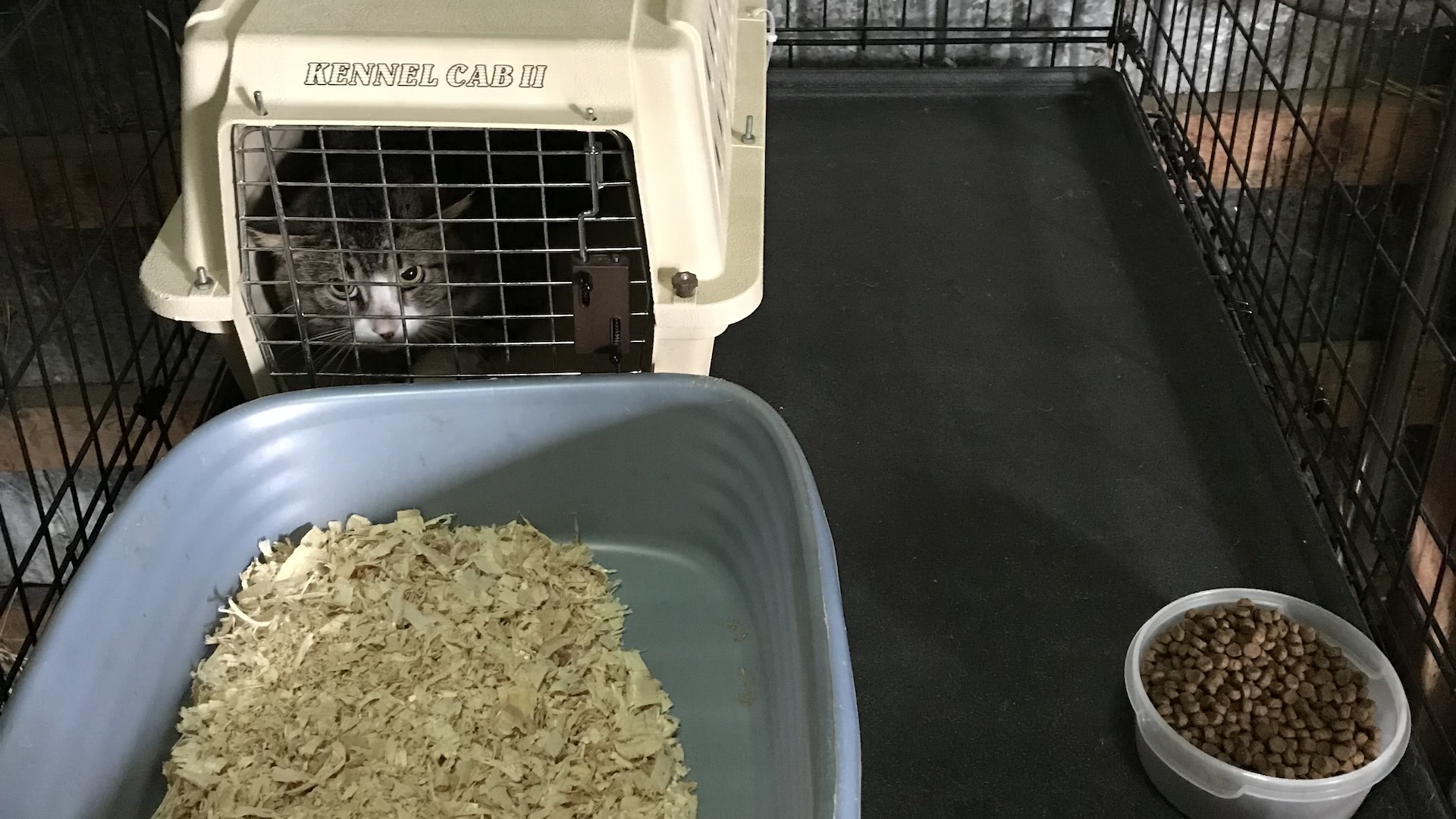
Here is how we set up the crate when the cat arrives.
Once all is in place, we carefully open that carrier door.
Application for Cats
Name * |
Phone Number * |
Email Address * |
Location * |
Tell us about your place. * |
|
Are there other animals there? Tell us about them! * |
|
It is important that the cats are fed/watered daily *
|
Type of heat source options for the cats in winter: *Other: |
Are there unfixed cats there? *We worry about that because they can often chase out the new tenants. |
How many cats are you looking for? (Minimum: 2 cats) *We ask that you take at least two, as cats do not place well individually. |
Any poisons on site? * |
For this to be successful, the cats have to undergo a 3 week transition period when they arrive at your place, how do you plan to do this: * |
Anything else we need to know?Any special requirements? |
|
Are you OK with timid/semi-feral cats? *These cats won't go out of their awy to hurt you. They just would rather not be friends with humans. Some become more friendly over time, but this is not a guarantee. |
|
NOTE: We typically have a waitlist of cats awaiting placement. They are spread out amongst various rescues on all ends of the city, so these things take a bit of planning. Hang tight, we will reach out to you soon!
